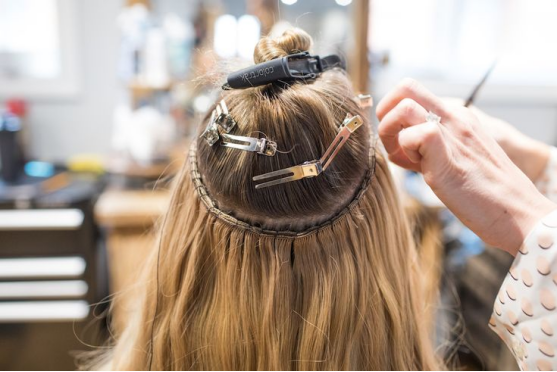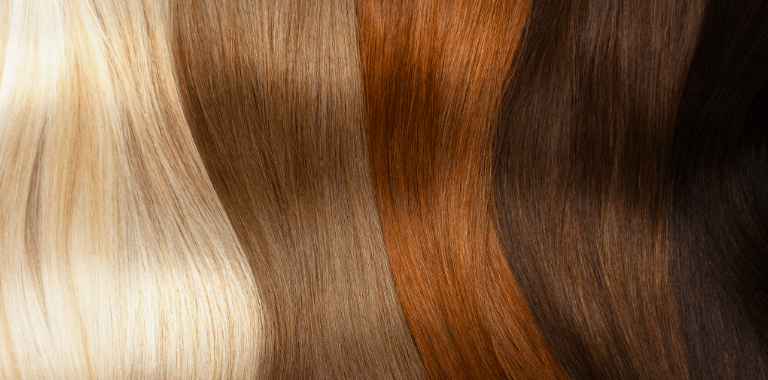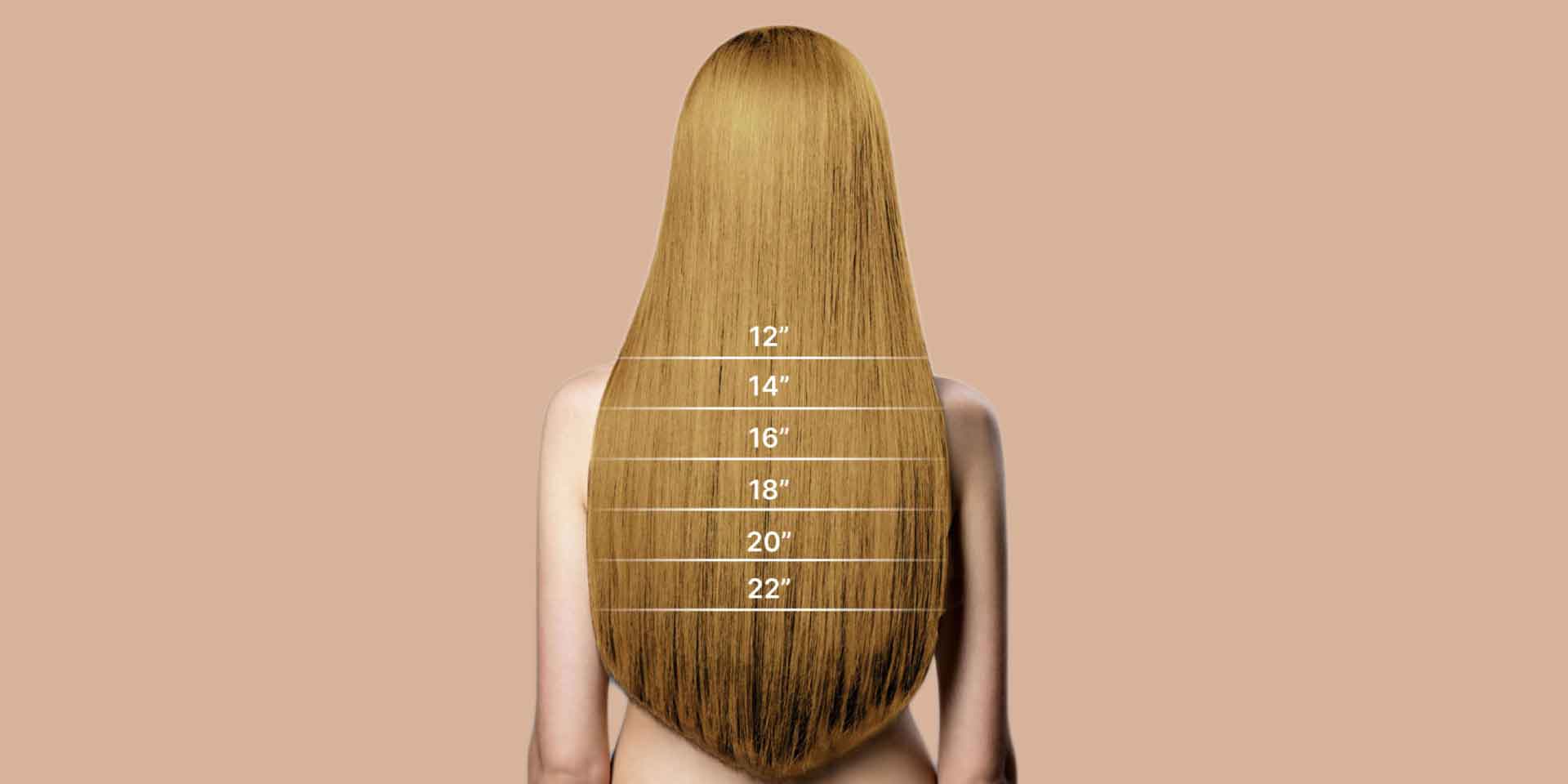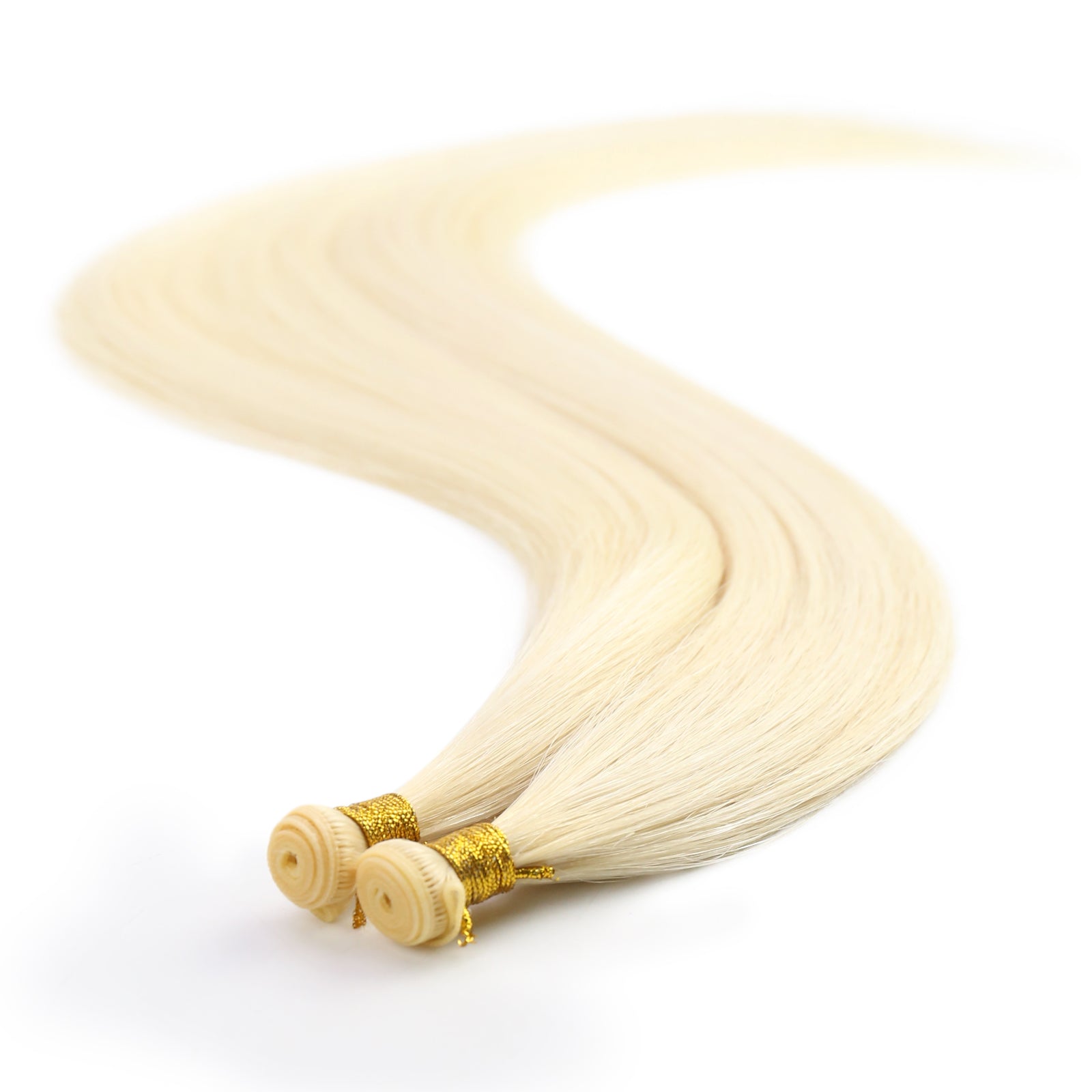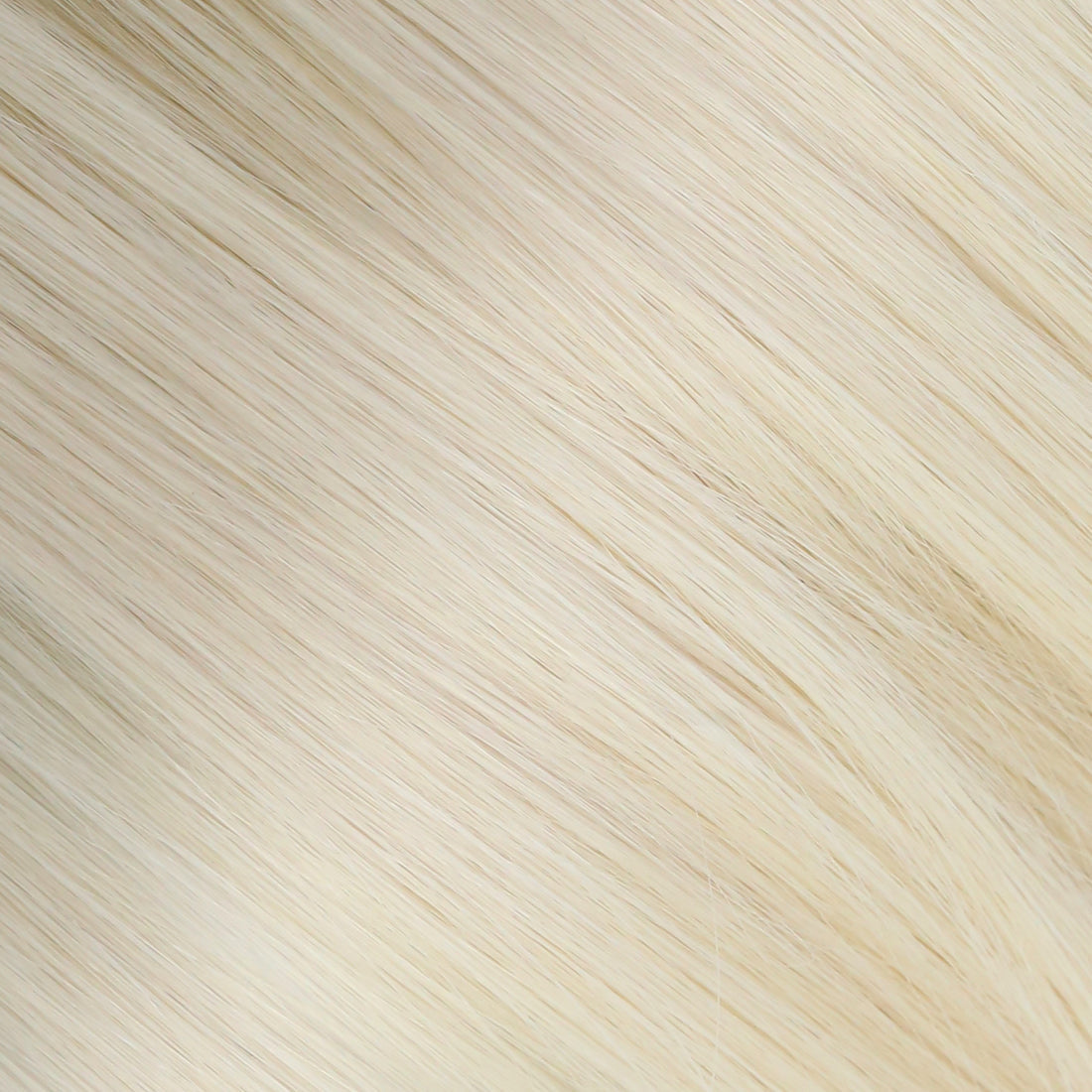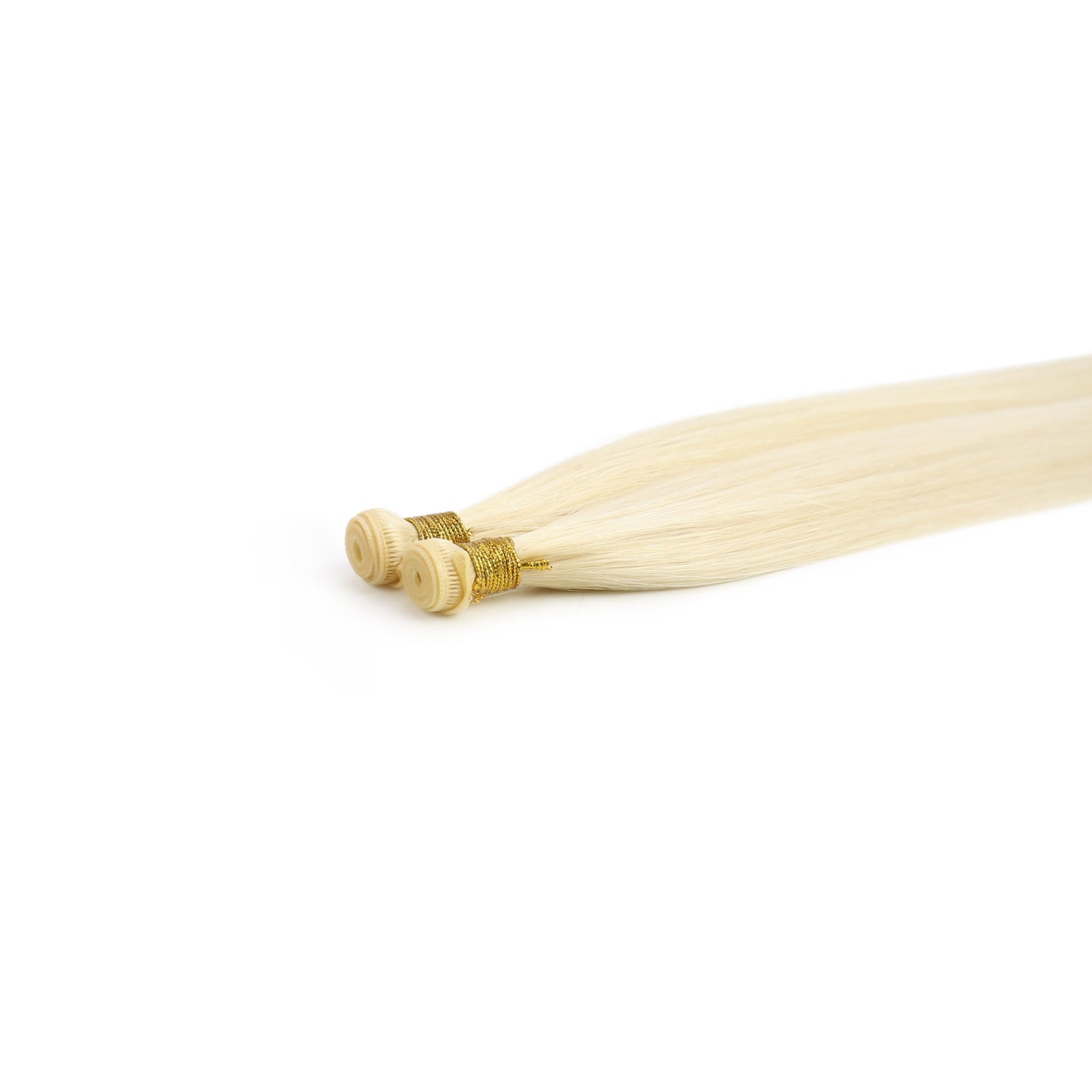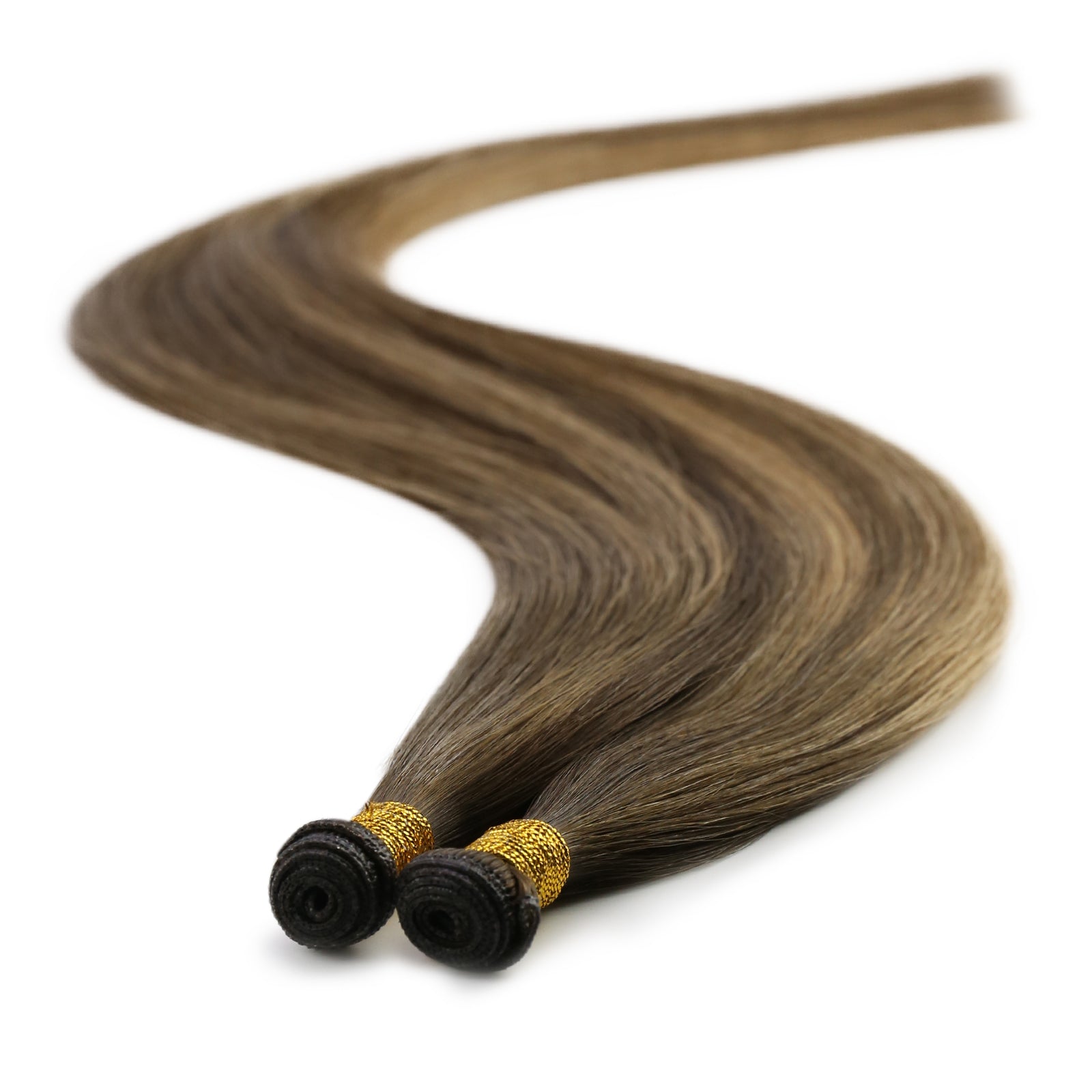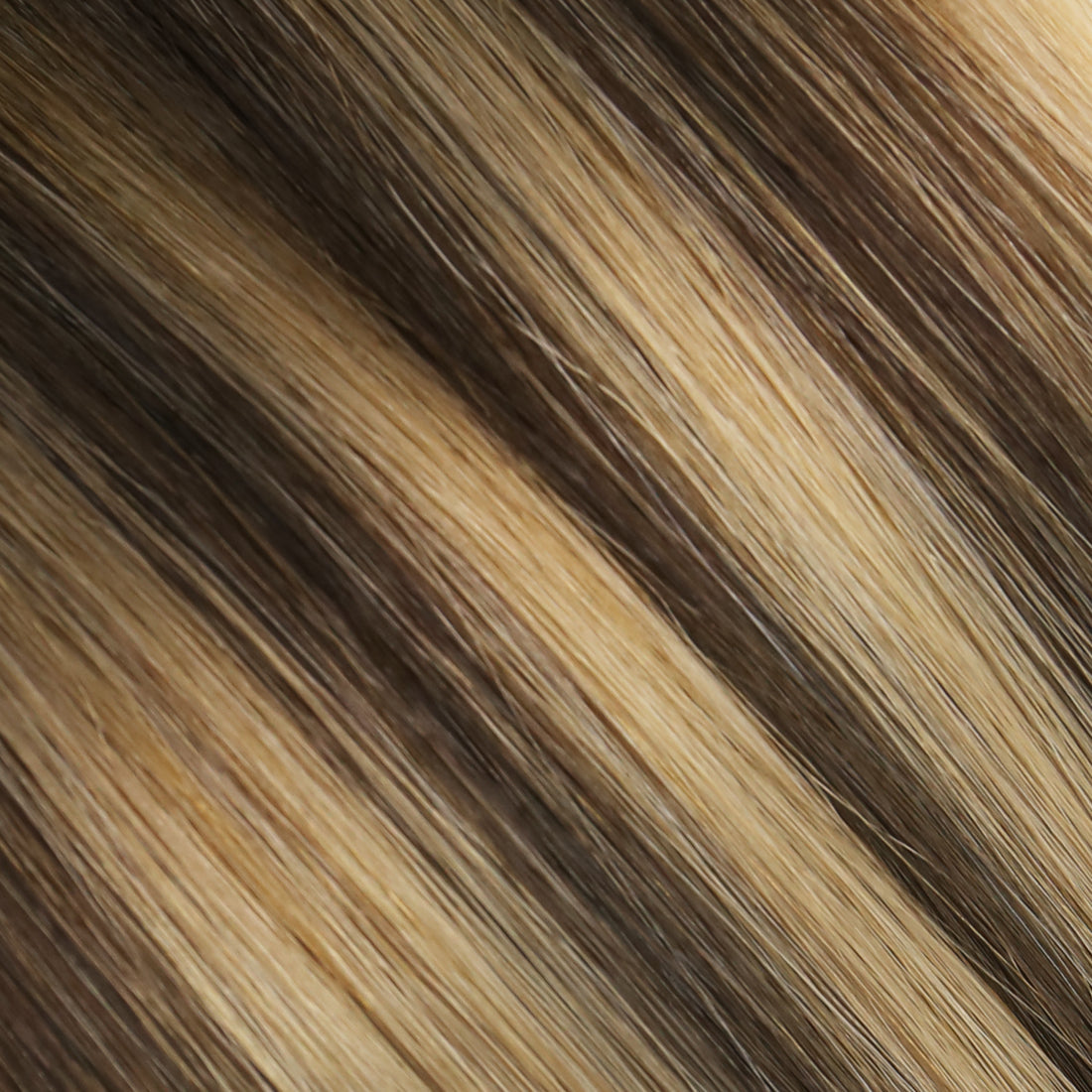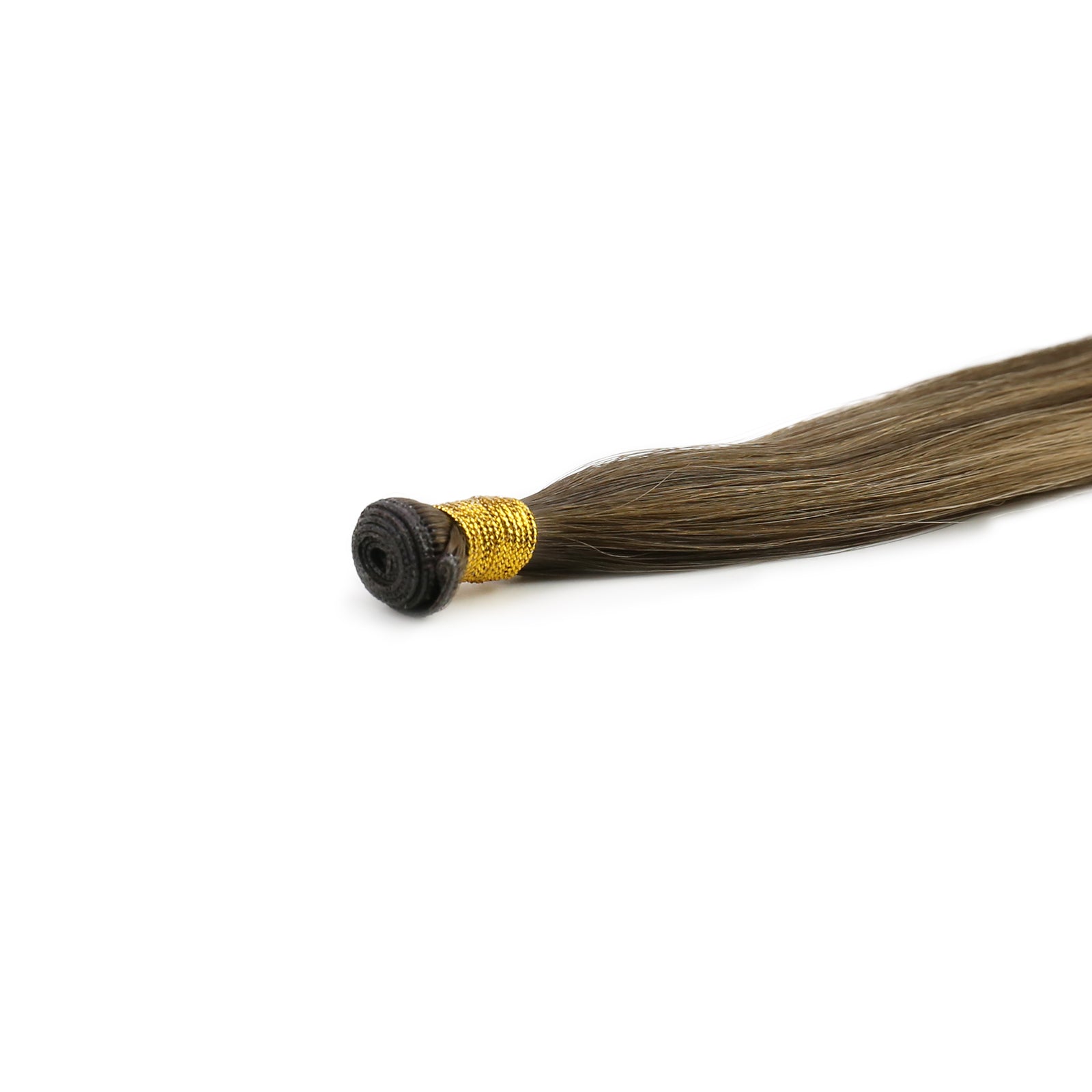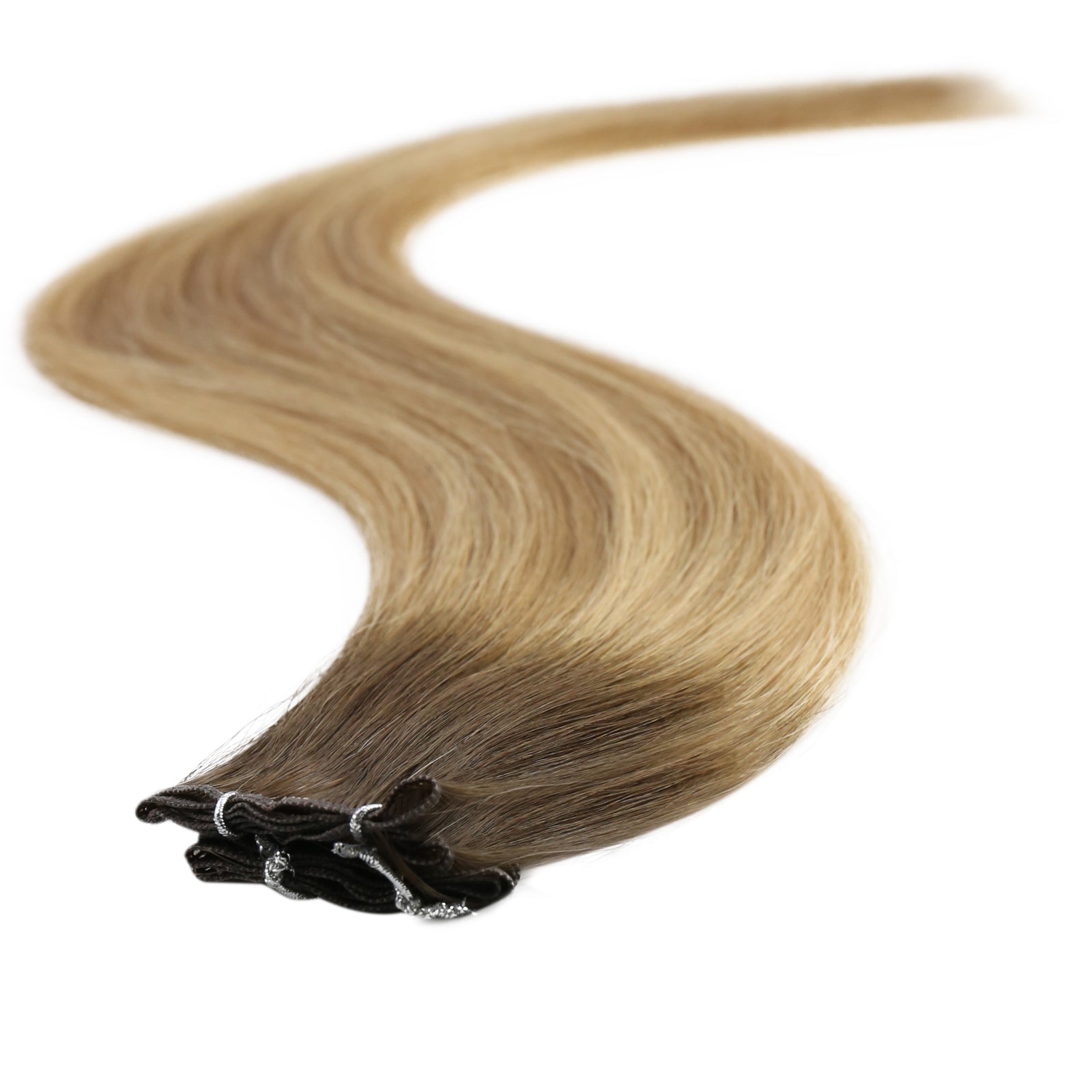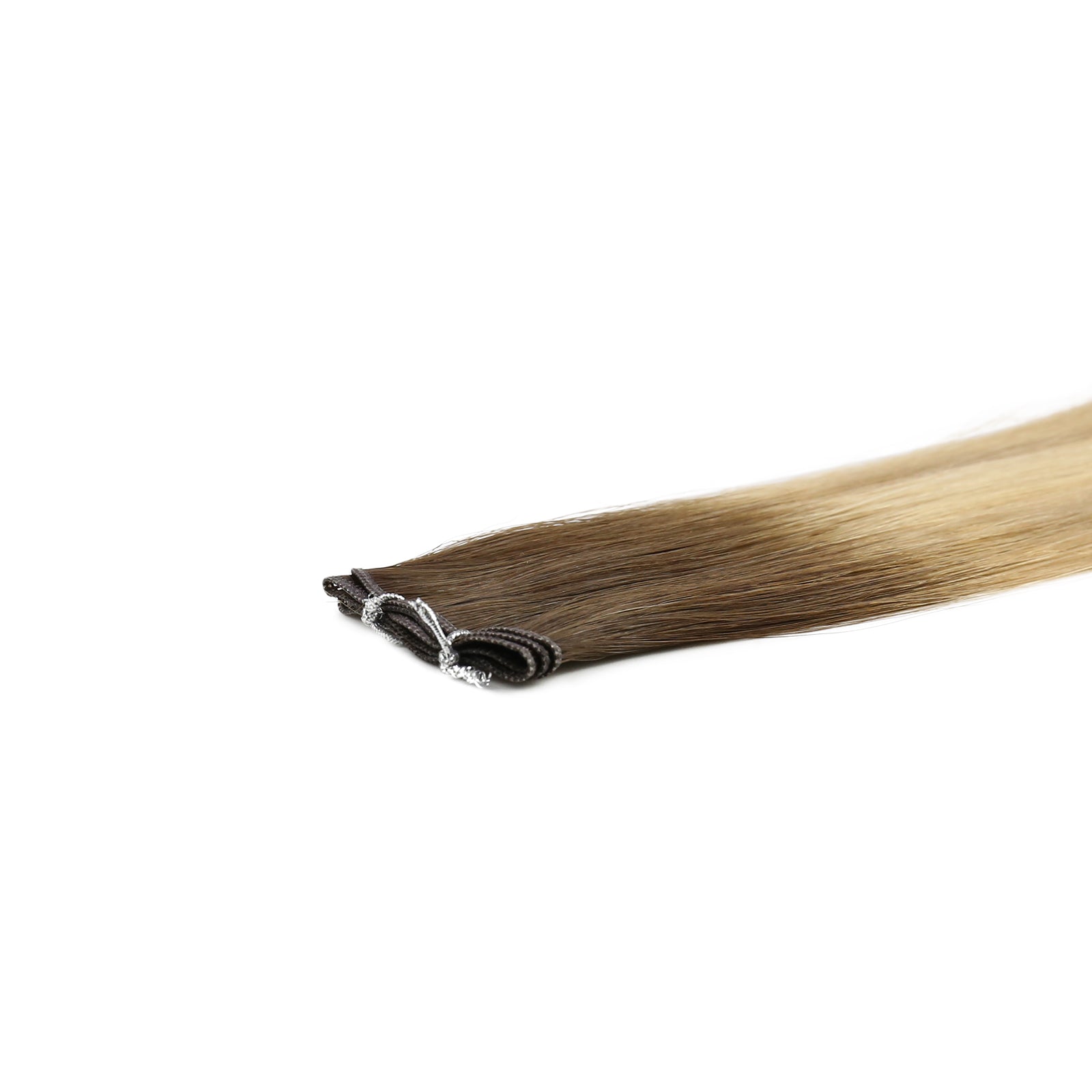Ever dreamt of flaunting Rapunzel-like tresses without waiting ages for your hair to grow? Hand tied hair extensions could be your magic ticket! But, hold your horses. Before you dive into the world of voluminous locks, there's a big question hanging in the air: Are hand tied extensions bad for your hair? It's like the elephant in the room every time we consider giving our hairstyle a glamorous makeover. So, let's tackle this head-on, exploring the good, the bad, and the downright hairy truths behind hand tied extensions. We'll sift through the myths, lay down the facts, and guide you to make a hair decision you won't regret.

Dispelling myths around hand-tied extensions
In the enchanting world of hair extensions, hand tied wefts have emerged as a beacon of hope for many seeking length and volume without the long-term commitment of traditional hair growing methods. Yet, whispers of doubt linger, painting these extensions as culprits of hair damage. It's high time we clear the air and debunk the myths surrounding hand tied weft extensions, revealing the truth behind the misconceptions.
Myth 1: "Hand tied extensions will leave you bald!"
The fear of going bald is perhaps the most dramatic of all concerns. The truth? Hand tied extensions, when applied by an experienced stylist, use a method that evenly distributes weight across a larger section of hair. This minimizes tension on individual strands, significantly reducing the risk of traction alopecia—a condition caused by constant pull or tension on hair roots. The balding myth likely stems from experiences with improperly applied extensions, not the hand tied ones when done correctly.
Myth 2: "They’re super damaging to your natural Hair"
Are hand tied extensions bad for your hair? No.
The broad statement that hand tied wefts are inherently damaging overlooks the crucial factor of application and maintenance. Any extension can be damaging if neglected or installed improperly. Hand tied extensions are designed to be gentle on your hair, using a sewing method that doesn't involve heat or glue, thus potentially reducing the risk of damage compared to other types of extensions. Proper aftercare and regular maintenance appointments play a pivotal role in keeping your natural hair healthy.
Myth 3: "The maintenance is a nightmare"
Some believe that hand tied extensions are high maintenance, destined to consume all free time. In reality, while they do require care, it's not unlike the routine upkeep of your natural hair. Gentle washing, regular conditioning, and avoiding harsh styling practices will keep both your extensions and natural hair in prime condition. The nightmare narrative often comes from a place of misunderstanding or neglecting these care practices.
Myth 4: "They’re one size fits all—and always noticeable"
The myth here twofolds: first, that hand tied wefts can't be customized, and second, that they're always visible and obvious. The truth couldn't be more different. Hand tied extensions offer a range of customization options, from color to length and volume, ensuring they blend seamlessly with your natural hair. When applied by a skilled stylist, they are virtually undetectable, providing a natural and beautiful enhancement to your existing locks.
What is behind the myths?
At the heart of these myths lies a fundamental misunderstanding and a sprinkle of fear-mongering. The narrative that hand tied extensions are damaging fails to account for the nuances of professional application, individualized care, and the quality of extensions used. By choosing a reputable stylist and committing to proper maintenance, the myth of hand tied extensions being harmful can be firmly placed in the category of tall tales. The real story is one of transformation, confidence, and the joy of flaunting the hair you've always dreamed of—without compromising on health or beauty.
The reality of damage: causes and prevention
While the myths around hand tied weft extensions have been largely dispelled, it's essential to acknowledge that, like with any cosmetic enhancement, there's a reality to the risks involved. Understanding what specifically leads to damage can empower users to make informed decisions and take proactive steps to enjoy the benefits of extensions without the downsides.

What could make hand-tied extensions bad for your hair?
The question "Are hand tied extensions bad for your hair?" reflects widespread concerns regarding the potential impact of hand-tied hair extensions on hair health. Indeed, these extensions can pose certain risks if not used correctly. Let's explore what these risks entail.
- Tension: One of the primary causes of damage from any hair extension, including hand tied, is tension. When extensions are applied too tightly, or if they're too heavy for the natural hair they're attached to, it can lead to stress on the hair follicles. This condition, known as traction alopecia, can cause thinning hair and, in severe cases, permanent hair loss.
- Improper Installation: The skill level of the stylist applying the extensions plays a significant role in preventing damage. Incorrect installation techniques can lead to uneven weight distribution of the extensions, causing some areas to bear more tension than they can handle. Moreover, improper sectioning or securing of the wefts can lead to tugging and strain on the scalp and natural hair.
- Neglect: Like your natural hair, extensions require regular care and maintenance. Neglecting them can lead to tangling, matting, and buildup of products and natural oils, which can increase the risk of damage not just to the extensions but to your own hair as well. Neglect can also lead to an environment that's conducive to scalp issues, such as irritation and infection, further exacerbating hair damage.
How to mitigate these risks
- Proper Installation by a Professional: To counteract these risks, the first and most crucial step is ensuring that your hand tied extensions are applied by a certified and experienced stylist. Professionals understand how to customize the installation to your specific hair type and condition, ensuring that the extensions are not too tight and that their weight is evenly distributed.
- Tailored Maintenance Plan: Following a maintenance plan tailored to your specific needs is essential. This includes regular washes with gentle, extension-safe products, proper drying techniques to avoid tugging or pulling, and routine visits to your stylist for adjustments as your natural hair grows and the extensions begin to move.
- Listening to Your Hair: Paying attention to how your hair and scalp feel can help catch issues early before they escalate into serious damage. If you experience discomfort, itching, or notice signs of strain on your hair, consult your stylist immediately to adjust the extensions or address any problems.
Damage from hand tied weft extensions is not a foregone conclusion but a preventable risk. By prioritizing professional installation, committing to proper maintenance, and staying educated about the needs of your hair and scalp, you can enjoy the aesthetic benefits of extensions without sacrificing the health and integrity of your natural hair. The key is to approach extensions not just as a beauty enhancement but as a commitment to ongoing hair care and health.

How to take care of your hand-tied wefts?
Are hand tied extensions bad for your hair? No, as long as they receive proper care.
Maintaining hand tied extensions isn’t just about keeping them looking good—it’s about preserving the health of your natural hair underneath. This includes gentle washing with sulfate-free shampoos, regular conditioning (focusing on the mid-lengths and ends), and detangling with a soft brush or wide-tooth comb to prevent unnecessary pull on both your extensions and natural roots.
How often should you wash your extensions?
While overwashing can lead to dryness and potential weakening of the bonds, not washing enough can cause buildup and tangling. Finding a sweet spot, typically washing your hair 2-3 times a week, is ideal to keep your extensions clean without stripping them of natural oils.
Why is drying properly important?
Proper drying is crucial because damp extensions weigh more and are more likely to tangle, which can exert additional strain on your natural hair. It's advisable to delicately dab your hair with a gentle towel, steering clear of vigorous rubbing. When opting for a blow dryer, it's essential to select a mild heat option and apply a heat protectant to reduce harm.
The role of regular trims
Just like your natural hair, your extensions can benefit from regular trims to keep them looking fresh and to prevent split ends from traveling up the hair shaft, which can cause matting and tangling.
Why does regular maintenance matter?
Regular appointments with your stylist aren’t just for adjustments as your natural hair grows and the extensions begin to move; they're also crucial for assessing the health of your hair and the integrity of the extensions. These check-ins can prevent potential damage by addressing any issues early on.
What happens during a maintenance visit?
Your stylist will typically check the attachment points of the extensions to ensure they’re holding up well and not causing undue stress on your natural hair. They can also address any matting or tangling and recommend adjustments to your care routine if necessary.
Prevention over cure
The primary aim of consistent upkeep and careful handling is to avert damage before it occurs. This forward-thinking strategy ensures that both your extensions and natural hair remain in excellent condition, enabling you to enjoy the perks of increased length and volume without fretting over possible drawbacks.
Maintaining hand tied hair extensions is a commitment, but with the right care and regular professional support, it’s a manageable and rewarding one. Remember, the longevity of your extensions and the health of your natural hair are directly linked to the effort you put into their care.
Summing up
Are hand tied extensions bad for your hair? The answer remains a resounding "No", provided you prioritize professional installation and commit to regular maintenance. Understanding the potential for damage while also recognizing effective prevention methods is key. This balanced approach ensures you can revel in the added beauty and volume of hand tied extensions without sacrificing your natural hair's health.
Here are more readings if you’re interested:
How Long Do Hand Tied Extensions Last
